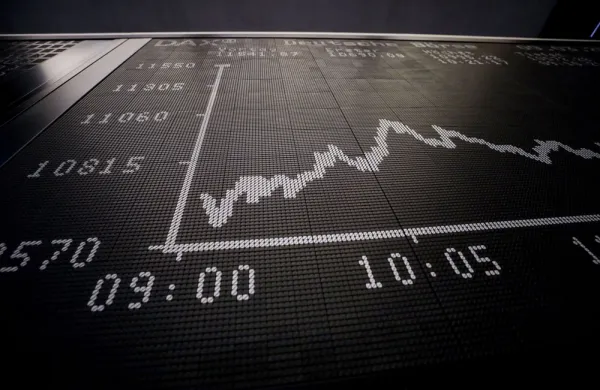Bruce Bond and John Southard, who co-founded Invesco’s PowerShares, are returning to the exchange-traded fund industry with the first ETFs to offer benefits found only in bank structured products and annuities.
The ETFs, which have not yet been approved by the Securities and Exchange Commission, are so-called defined outcome products, which are rules-based and have pre-determined returns on the upside and capped losses on the downside.
Structured notes offered by banks and insurance company annuities provide similar benefits, but charge hefty fees and contractually lock up investor money. Bond and Southard’s new ETFs, which will be subadvised by Milliman Financial Risk Management, will be priced at under 1 percent, a fraction of the cost for similar insurance and bank products. The ETFs will all track the Standard & Poor’s 500 stock index.
[II Deep Dive: How Allocators are Weatherproofing Their Portfolios]
Bond, now chief executive of Innovator Capital Management, said he only wanted to come back to the industry if he could offer something brand new.
“There was no reason to do this unless we could offer real innovation again,” he said. The new ETFs will appeal to institutions and individuals who want to invest, but also want protection from a market that is richly valued, Bond added.
“People really want to have a way to invest in the market and know they have upside in the marketplace, but their downside is protected,” he said. The new ETFs will provide exposure to the S&P up to a pre-determined cap, with their downsides protected on three of the products. One fund will offer investors protection up to a 10 percent loss; another will offer protection up to a 15 percent loss; and a third will offer protection from a 5 percent loss to a 35 percent loss. Two other ETFs in the lineup will offer enhanced exposure on the upside; one of those will come with no downside protection. Bond couldn’t provide further details because the products are still in registration.
The ETFs will hold a basket of S&P 500 options to construct the defined outcomes. Investors need to hold the ETF for one year before they get the return profile defined by the fund.
Bond compared the potential of the new ETFs to the impact of PowerShares, which launched the first smart beta and factor-based funds.
“Smart beta was a new challenge for the mutual fund industry, forcing them to add more value,” he said. “We look at the insurance world in the same way with these particular products.”
In May, Bond and Southard bought Innovator Capital Management, which runs the Innovator ETF Trust based on an exclusive arrangement with Investor’s Business Daily. The ETF tracks growth companies in the IBD 50 Index.
Bond and Southard had founded ETF provider PowerShares Capital Management in 2002 and sold it to Invesco in 2006. Bond became CEO of PowerShares and grew it to $41 billion, the fourth largest ETF family, before retiring in 2009.







